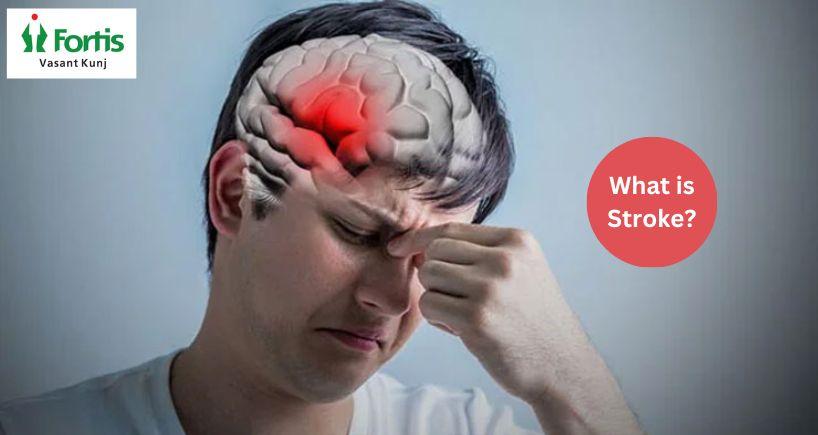
What is Stroke?
Stroke (also called ‘brain attack’) is caused by problems in the blood circulation to the brain. The Problems are either ‘blocks or bleeds. Simply put, a blood clot inside a blood vessel in the brain can block it. Or a weak spot in the wall of a blood vessel can leak, and cause bleeding into the brain matter, and blood clot outside the blood vessel. The bleeds are also called “brain hemorrhage”. In either event, the part of the brain served by the blocked or bleeding blood vessel is damaged or dead due to starvation. The disability that results from it depends on the part of the brain involved and the extent of the damage.
Who is likely to have a stroke?
Strokes can come out of the blue and even to people who don’t appear to be at a high risk. We are higher than-normal risk of strokes if we:
- - Have uncontrolled high blood pressure.
- - Have uncontrolled high blood sugar.
- - Have a very high blood fat (cholesterol) level.
- - Smoke cigarettes.
- - Drink alcohol in excess
- - Are overweight
- - Take too little exercise.
- - Have any heart disease.
These called ‘risk factors’ for stroke.
How is stroke treated?
In emergency, the first things, that are paid attention to, are the air- pipes (airways), blood circulation and breathing. After taking care of these, the treatment is devoted to saving as much as of the brain as possible. This is started by first doing brain imaging and imaging of the blood vessels in the brain. If it is a blockage then an injection is started to dissolve the clot blocking the blood flow, and if a large vessel is blocked, then additionally, a device is used to remove the clot. Subsequently, the patient is monitored and risk factors are controlled and steps to prevent further damage is taken.
Categories
Clear allMeet the doctor

- Neurology | Neurology
-
40 Years
-
1800



















